What's New
Displaying results 1761 - 1770 of 4052
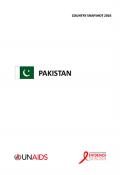
Resource | Reviews and Snapshots,
The 2016 country snapshot prepared by UNAIDS Regional Support Team for Asia and the Pacific and AIDS Data Hub provides information on the HIV epidemic and response in Pakistan.
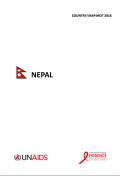
Resource | Reviews and Snapshots,
The 2016 country snapshot prepared by UNAIDS Regional Support Team for Asia and the Pacific and AIDS Data Hub provides information on the HIV epidemic and response in Nepal.

Resource | Reviews and Snapshots,
The 2016 country snapshot prepared by UNAIDS Regional Support Team for Asia and the Pacific and AIDS Data Hub provides information on the HIV epidemic and response in Myanmar.
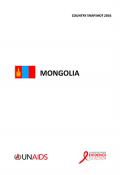
Resource | Reviews and Snapshots,
The 2016 country snapshot prepared by UNAIDS Regional Support Team for Asia and the Pacific and AIDS Data Hub provides information on the HIV epidemic and response in Mongolia.
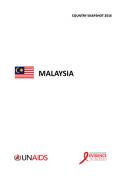
Resource | Reviews and Snapshots,
The 2016 country snapshot prepared by UNAIDS Regional Support Team for Asia and the Pacific and AIDS Data Hub provides information on the HIV epidemic and response in Malaysia.
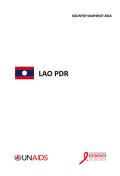
Resource | Reviews and Snapshots,
The 2016 country snapshot prepared by UNAIDS Regional Support Team for Asia and the Pacific and AIDS Data Hub provides information on the HIV epidemic and response in the Lao People's Democratic Republic.
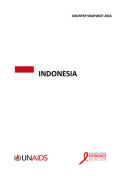
Resource | Reviews and Snapshots,
The 2016 country snapshot prepared by UNAIDS Regional Support Team for Asia and the Pacific and AIDS Data Hub provides information on the HIV epidemic and response in Indonesia.

Resource | Publications,
Advocacy by people living with and affected by HIV has been critical to the progress made the response to HIV since the beginning of the epidemic. Advocacy has sparked action in the face of denialism and indifference, mobilized unprecedented financial resources and enabled communities to participate in designing health services that meet their needs. When traditional policy-making processes stall due to bureaucracy, advocacy shines a light on the problem and leverages community power and political will to drive action and innovation. This is why AIDS advocates around the world remain a major force for an accelerated, more equitable scale-up of effective HIV and health programming.
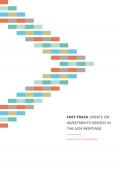
Resource | Publications,
The world has pledged within the Sustainable Development Goals to end the AIDS epidemic as a public health threat by 2030. Such an extraordinary achievement will require an extraordinary and urgent effort—fully funding and front-loading investment in comprehensive HIV responses and intensifying the focus on the populations and locations in greatest need. The UNAIDS 2016–2021 Strategy elaborates this Fast-Track approach. Adopted by the UNAIDS Programme Coordinating Board in October 2015, the Strategy contains HIV service coverage targets that need to be achieved by 2020 to establish the momentum necessary to overcome one of the largest public health threats in human history by 2030.
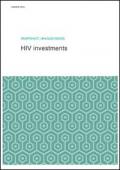
Resource | Reviews and Snapshots,
The world has pledged to end the AIDS epidemic as a public health threat by 2030 as part of the Sustainable Development Goals. Such an extraordinary achievement will require extraordinary and urgent efforts. The response will need to be fully funded and investments will need to be front-loaded and will need to focus on the populations and locations in greatest need and where they will have the greatest impact.
The cost of inaction is staggering. Failure to Fast-Track would mean an additional 17.6 million HIV infections globally and an additional 10.8 million AIDS-related deaths globally between 2016 and 2030. The epidemic will rebound in several low- and middle-income countries, and by 2030 more people will acquire HIV and die from AIDS-related illness than in 2015.





